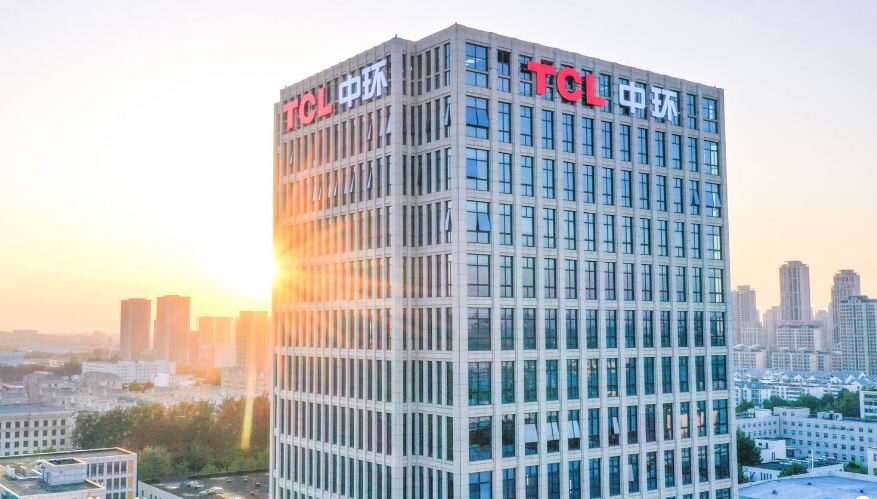From pv magazine EES News
Lithium-sulfur batteries are a promising candidate for high-performance energy storage applications due to their low cost and high theoretical energy density of more than 500 Wh/kg when coupled with lithium metal anodes.
However, developing a highly durable sulfur cathode has been challenging due to the polysulfide shuttling and volume variation of sulfur that leads to chemical and mechanical degradation of the cathode during cycling.
Researchers at the University of South Carolina have made a huge step forward in addressing this issue by developing a simple electrode processing method for producing highly durable sulfur cathodes. These electrodes feature a self-structured binder confinement for sulfur particles using only commercially available sulfur, carbon black, and binder, with no additional components.
The researchers have controlled the dissolution of the binder during the slurry preparation step to form a porous binder/carbon shell structure around the sulfur particles that can entrap the soluble polysulfides and slow down the shuttling mechanism.
The sulfur cathodes achieved through this method offer an outstanding capacity retention of 74% over 1000 cycles, due to a considerable reduction in the lithium-polysulfide shuttling and active material loss. Electrodes with a high areal loading also showed excellent cyclability as well as a high capacity.
The researchers reported these results last year following the completion of the project’s first phase, in which they used coin cells. Now, they are moving to practical battery forms to determine if commercialization is possible.
The team’s current work focuses on pouch cells, which theoretically have the highest energy density since this type has the least amount of waste weight. “Pouch cells usually have lighter and thinner battery casing than the other forms, which leaves most of the volume and weight of the battery for the energy-providing components,” Chemical Engineering Assistant Professor Golareh Jalilvand says.
While the challenges of batteries grow with their size, the USC researchers have reported a fast and successful transition from coin to pouch cells. “We have achieved outstanding lithium-sulfur pouch cells with competent energy densities,” Jalilvand says. “I’m looking forward to seeing the long cycle life and durability of our pouch cells because that’s the last check mark for us and our industrial partner. With that, it might be time to say we have a lithium-sulfur battery that is ready for commercialization.”
Given the long charge-discharge time, the researchers see lithium-sulfur batteries as best suited for applications that do not require fast charging. These include heavy-duty trucks, buses, and other means of transport that need long discharge time, commonly known as milage, and can be kept overnight at charging stations. The technology also shows great potential for stationary applications such as grid-level energy storage as well as space applications.
This content is protected by copyright and may not be reused. If you want to cooperate with us and would like to reuse some of our content, please contact: editors@pv-magazine.com.




great ! looking forwards more application of the lithium-sulfur batteries in future!
L/S batteries may lead in future duly replacing prevailing battery storages and also hopefully cost is more viable to attract common people.